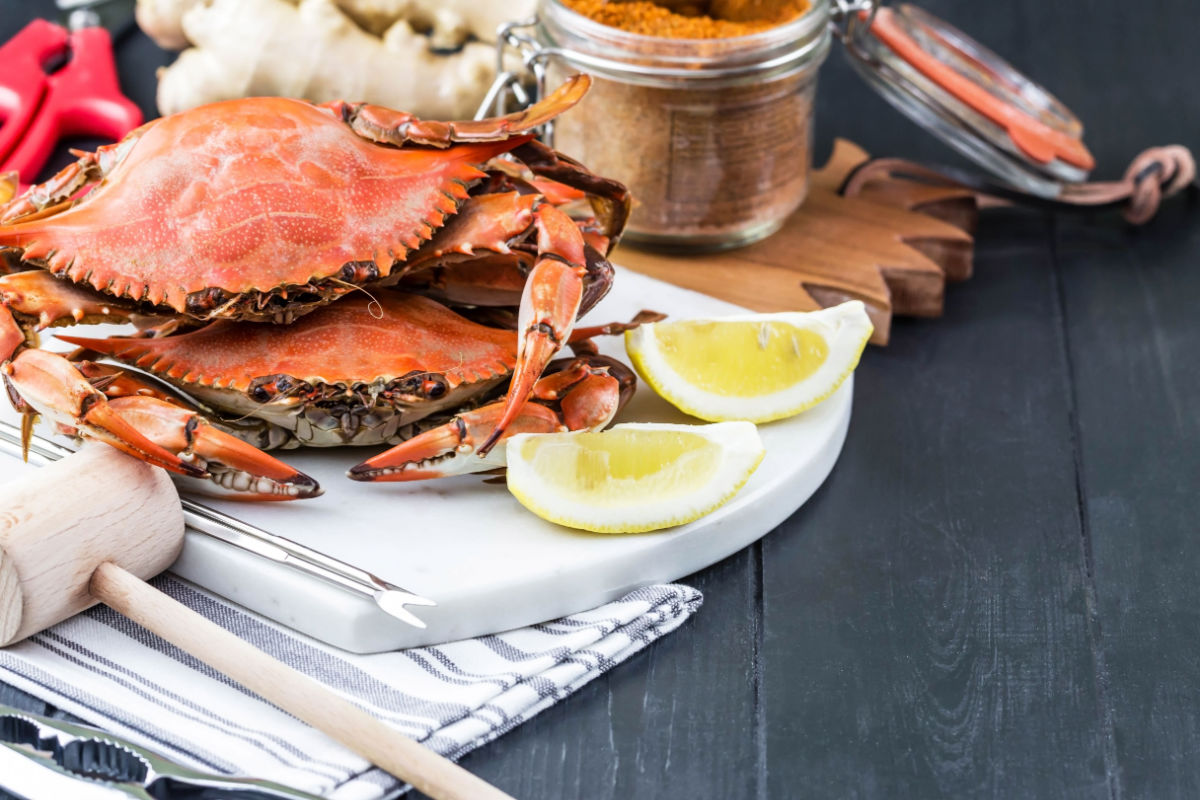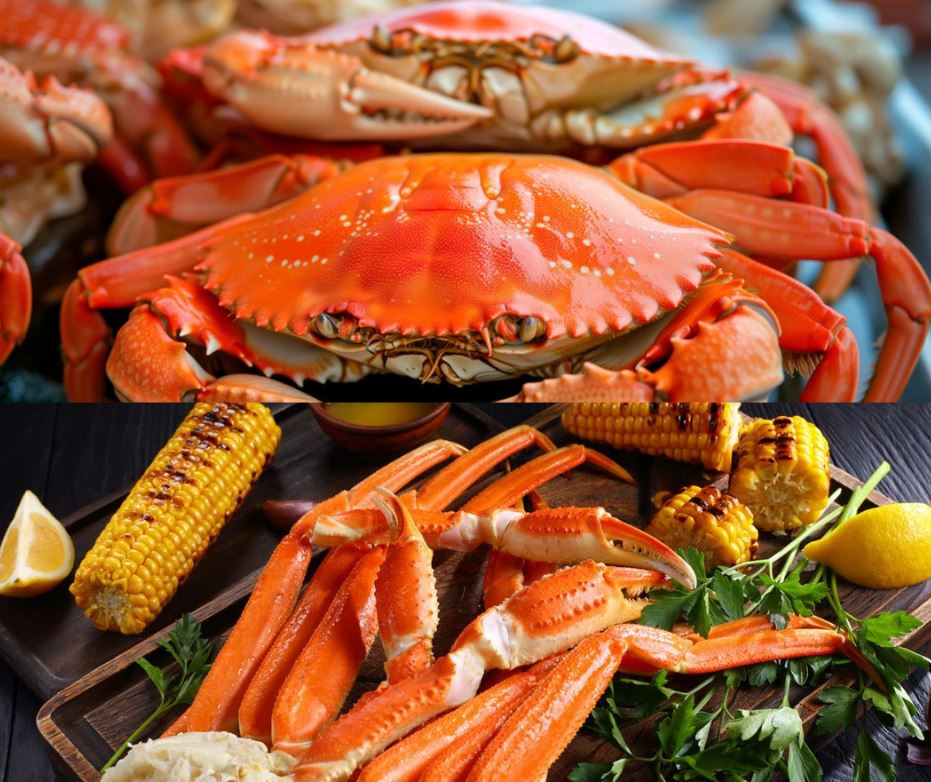Blog Categories
Recent Posts
Harbour House Crabs Partners to Support Families in Costa Rica
Maryland Hard Shell Crab Season: Everything You Need to Know
Alaskan Snow Crab Clusters vs. Dungeness Crab Legs
 Maryland Blue Crab Trivia: Fun and Fascinating Facts About These Tasty Crustaceans
Maryland Blue Crab Trivia: Fun and Fascinating Facts About These Tasty Crustaceans Creating a Crab Feast: How to Host a Memorable Seafood Gathering
Creating a Crab Feast: How to Host a Memorable Seafood Gathering

Alaskan Snow Crab Clusters vs. Dungeness Crab Legs
01/26/24 2:16PM
A Culinary Clash: Alaskan Snow Crab Clusters vs. Dungeness Crab Legs
Crabs have long been celebrated as a delicacy in seafood cuisine, with their succulent meat and unique flavor profiles. Among the plethora of crab varieties available, Alaskan snow crab clusters and Dungeness crab legs stand out as popular choices among seafood enthusiasts. In this comprehensive guide, we'll delve into the characteristics, flavors, and culinary uses of these two delectable crustaceans, allowing you to make an informed choice for your next seafood feast.
Alaskan Snow Crab Clusters: The Arctic Treasure
Alaskan snow crab, scientifically known as Chionoecetes opilio, is harvested from the frigid waters of the Bering Sea and the North Pacific Ocean. These crabs are renowned for their sweet and delicate flavor, as well as their tender, snowy-white meat. Here are some key features of Alaskan snow crab clusters:
- Appearance: Alaskan snow crabs are characterized by their long, spidery legs and compact, round bodies. The clusters consist of several legs attached to a central body section, also known as the carapace.
- Flavor Profile: The meat of Alaskan snow crab clusters is mildly sweet with a subtle briny undertone. It has a delicate texture that melts in your mouth, making it a favorite among seafood lovers.
- Culinary Uses: Alaskan snow crab clusters are versatile and can be prepared in various ways, including steaming, boiling, grilling, or baking. They are commonly served as an appetizer, in salads, soups, pasta dishes, or as a standalone entrée.
Dungeness Crab Legs: The West Coast Delicacy
Dungeness crab, scientifically known as Metacarcinus magister, is native to the waters of the Pacific Ocean along the West Coast of North America. prized for its sweet, succulent meat and rich flavor. Let's explore the distinguishing features of Dungeness crab legs:
- Appearance: Dungeness crabs are known for their distinctively large, asymmetrical claws and wide, oval-shaped bodies. The legs are robust and meaty, with a reddish-brown hue.
- Flavor Profile: Dungeness crab meat is sweet and slightly nutty, with a buttery richness that sets it apart from other crab varieties. The meat has a firm texture that offers a satisfying bite.
- Culinary Uses: Dungeness crab legs are highly prized for their succulent meat and are commonly enjoyed steamed, boiled, or grilled. They are often served with melted butter or incorporated into dishes such as crab cakes, salads, risottos, and seafood boils.
Comparing Alaskan Snow Crab Clusters and Dungeness Crab Legs
Now that we've explored the individual characteristics of Alaskan snow crab clusters and Dungeness crab legs, let's compare them across several key factors:
- Flavor: While both varieties offer sweet, succulent meat, Alaskan snow crab clusters tend to have a milder flavor compared to the rich, buttery taste of Dungeness crab legs.
- Texture: Alaskan snow crab clusters feature delicate, tender meat, while Dungeness crab legs have a firmer texture that offers a satisfying bite.
- Availability: Alaskan snow crab clusters are available year-round, while Dungeness crab legs are typically in season from late fall to early spring.
- Price: Dungeness crab legs are often more expensive than Alaskan snow crab clusters due to their larger size and higher demand in certain regions.
In conclusion, both Alaskan snow crab clusters and Dungeness crab legs are prized for their sweet, succulent meat and versatile culinary uses. Whether you prefer the delicate flavor of Alaskan snow crab or the rich, buttery taste of Dungeness crab, you're sure to enjoy a memorable seafood experience with either choice. So why not indulge in the best of both worlds and savor the unique flavors of these exquisite crustaceans at your next seafood feast?
References:
- Alaska Seafood Marketing Institute. "Snow Crab." www.alaskaseafood.org/species/snow-crab/
- Pacific States Marine Fisheries Commission. "Dungeness Crab." www.psmfc.org/dungeness-crab/
